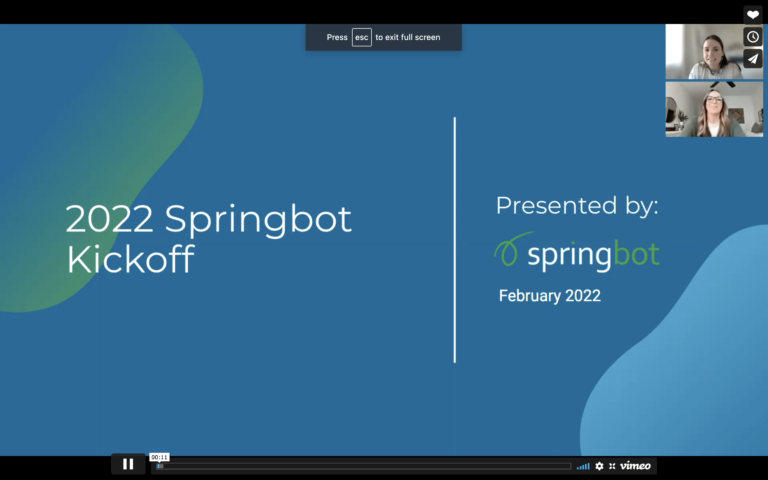Whether you’re brand new to the world of ecommerce or you’ve been around a while, you may be hearing the term headless commerce platform and wondering what it is, if you should use it, and what your options are.
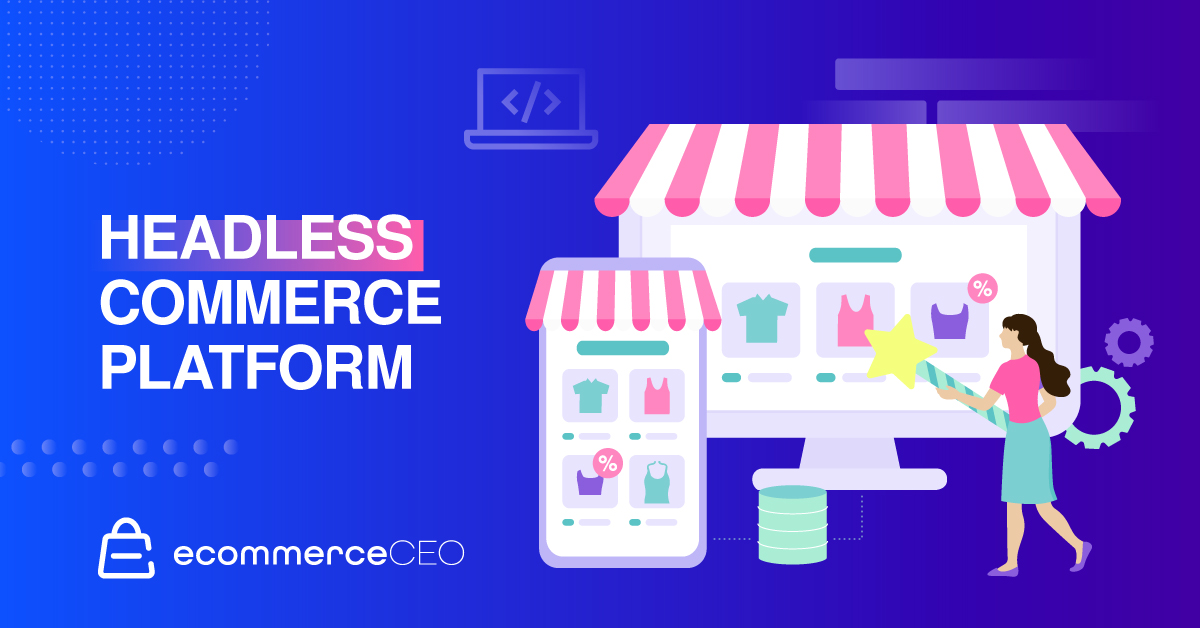
The ecommerce industry is projected to reach $11 trillion by 2025. As it becomes more competitive, we say goodbye to third-party cookies, and we deal with inflation driving up the cost of goods, customer acquisition, and more, it’s more important than ever for businesses to focus on creating a quality, personalized customer experience for every website visitor.
What is Headless Commerce?
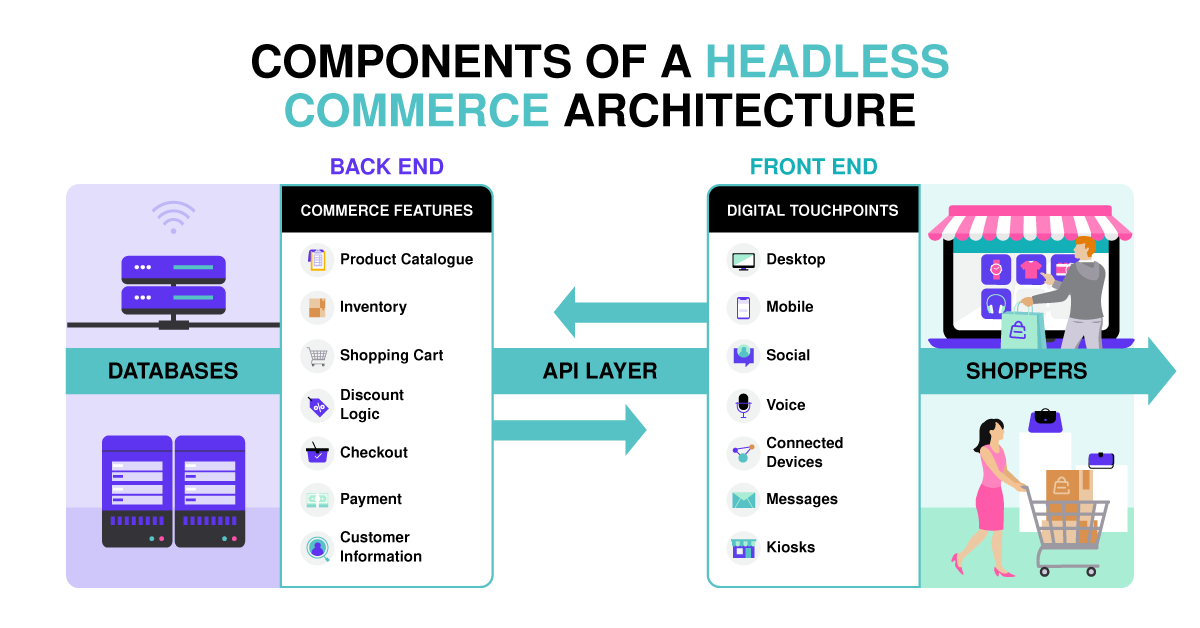
Headless commerce means separating the front end of your store (what it looks like and how your customers interact with it) from the backend layers (all the stuff that works behind the scenes to make selling possible). This decoupled architecture allows the two parts to work independently from one another while communicating via APIs (application programming interface).
Biggest Benefits of Headless Commerce Solutions
Headless commerce architecture evolved from traditional commerce platforms to offer various benefits to online retailers. Business owners can build a solid customer experience from scratch using a variety of business tools and software. There will be a cohesive customer experience across all sales channels, regardless of how people choose to interact with your brand.
Create a Truly Omnichannel Experience
Omnichannel sales ensure consumers can make purchases whether they are shopping on their laptops, smartphones, chatbot, or other digital platform. Many traditional ecommerce solutions claim to offer an omnichannel experience but don’t necessarily offer the smooth experience your customers want and that you hope for.
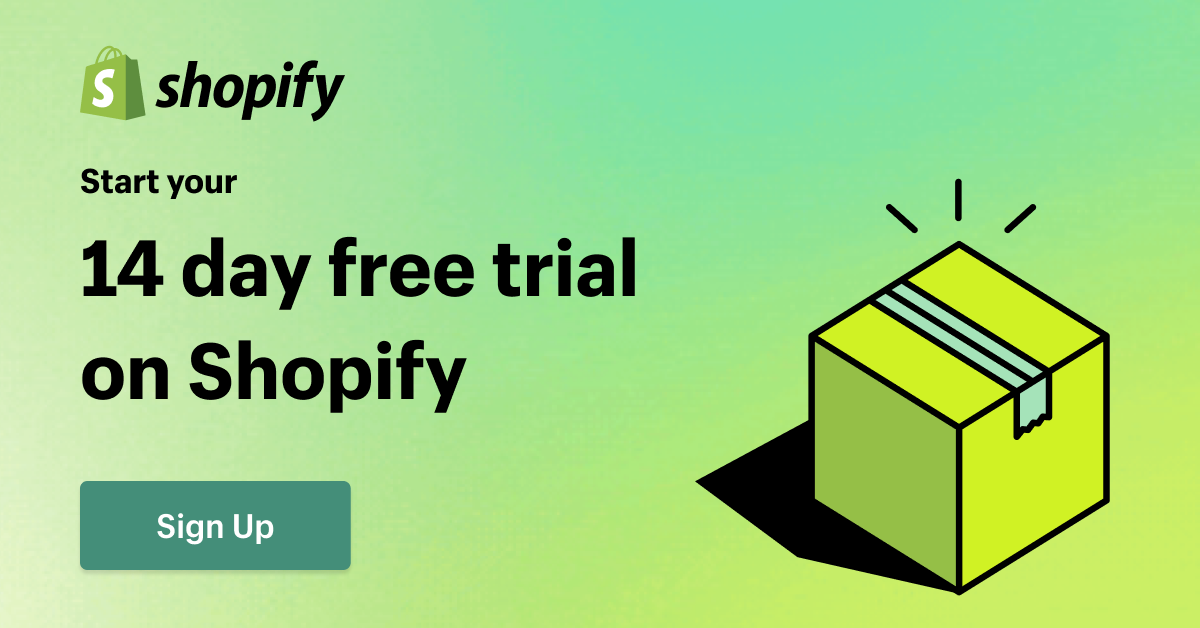
With headless e-commerce, you can build a front end for any new digital sales channel whenever you want, with no need to wait. As we continue to advance with smart kiosks in-store, interactive digital signs, and other commerce-focused Internet of Things (IoT) technology, the option to quickly add new sales channels may be what separates you from the competition.
Completely Customize the Front End
Most traditional ecommerce platforms provide some kind of customization options. However, those remain confined by the frontend tools within the platform. Headless solutions remove limitations, so you’re free to integrate various things right away. If you want to build an IoT loyal program, invest in proximity marketing, or move into more intelligent cross-selling, this is how you do it.
Take, for example, Domino’s Pizza. In 2017, they introduced Dominos Anyware. This gives customers the option to order pizza not just from Domino’s website but also from smart devices such as Google Home and Amazon Alexa, software such as Slack and Facebook Messenger, and more. Customers have the freedom to order in the most convenient way for them at the time.
Improve the Personalized Experience
All consumers want highly personal experiences that fit their wants and needs. Businesses can adjust the front-end presentation layer to individual customer preferences and tastes using a headless commerce platform. Adding custom shopping preferences and personalized recommendations based on past purchases and previously browsed products can go a long way toward building a stronger relationship with each consumer.
Increase Flexibility as You Scale
As we’ve seen during the pandemic, consumer purchasing behaviors and buyer habits change rapidly. The frontend sales tools need to be flexible enough to meet new demands or address new problems. You must be able to modify ads to cater to what your shoppers are interested in, adjust delivery and pickup options, and modify the digital channels customers use to purchase. If you find that your customer’s preferences have changed overnight, it’s only a headless commerce solution that will be able to keep up.

Get Better Conversion Rates for More Profit
A flexible headless solution will provide a more personalized experience that ultimately decreases bounce rate and cart abandonment. Organizations often find increased conversion rates across all sales channels with the ability to create interactive experiences, personalized promotions, discount codes, and more.
Save Money Over the Long Term Compared to Traditional Ecommerce
The initial investment in headless ecommerce may make it seem like it’s more expensive than traditional ecommerce platforms. While frontend development costs may increase as a result of the switch to headless architecture as you create additional digital sales channels for better buying experiences, the reality is these tools should also increase customer acquisition and retention. When developers create additional opportunities and customization, you can spend less on your marketing campaigns.
7 Headless Commerce Platforms to Build Your Website
Shopify Plus
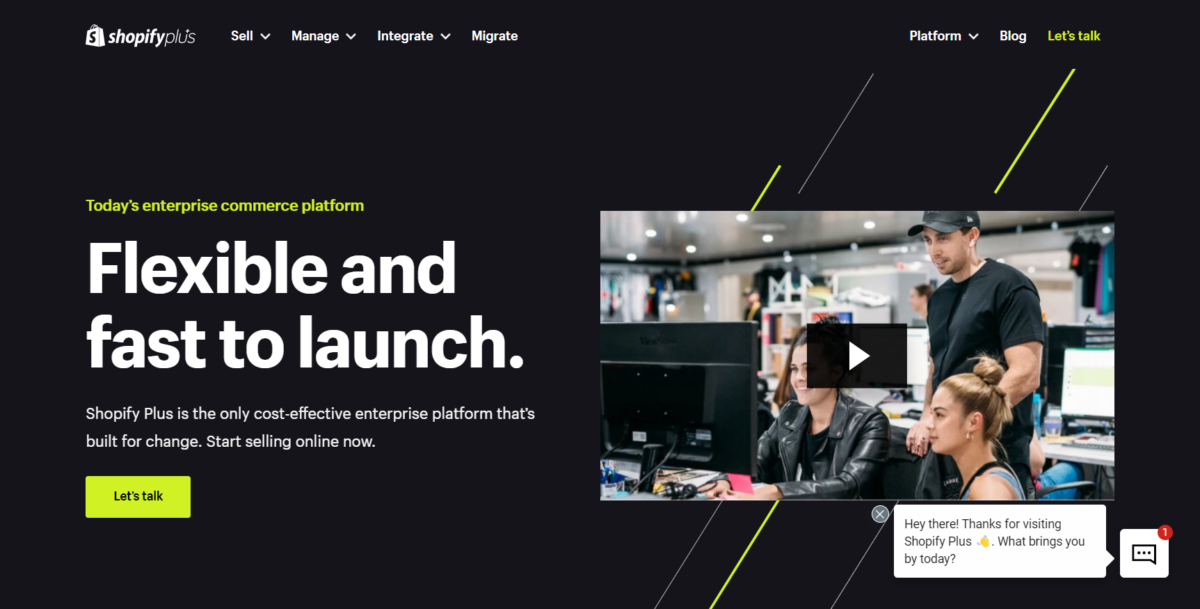
Shopify Plus is one of the best headless ecommerce platforms available on the market today. You get complete control of the front end design and the back end infrastructure, giving you the freedom and flexibility you need to add content to any channel and make any device a brand platform. You can use Shopify Plus to connect with customers through wearables, billboards, vending machines, and other custom storefronts.
It easily integrates with all the systems you use to run your business, including CRM, ERP, OIM, and CMS. You can integrate it with a number of marketplaces, like Amazon and eBay. It also features a web app that behaves like a native mobile app.
Shopify Plus pricing is completely customized to your business needs and must be requested with a demo.
BigCommerce Enterprise
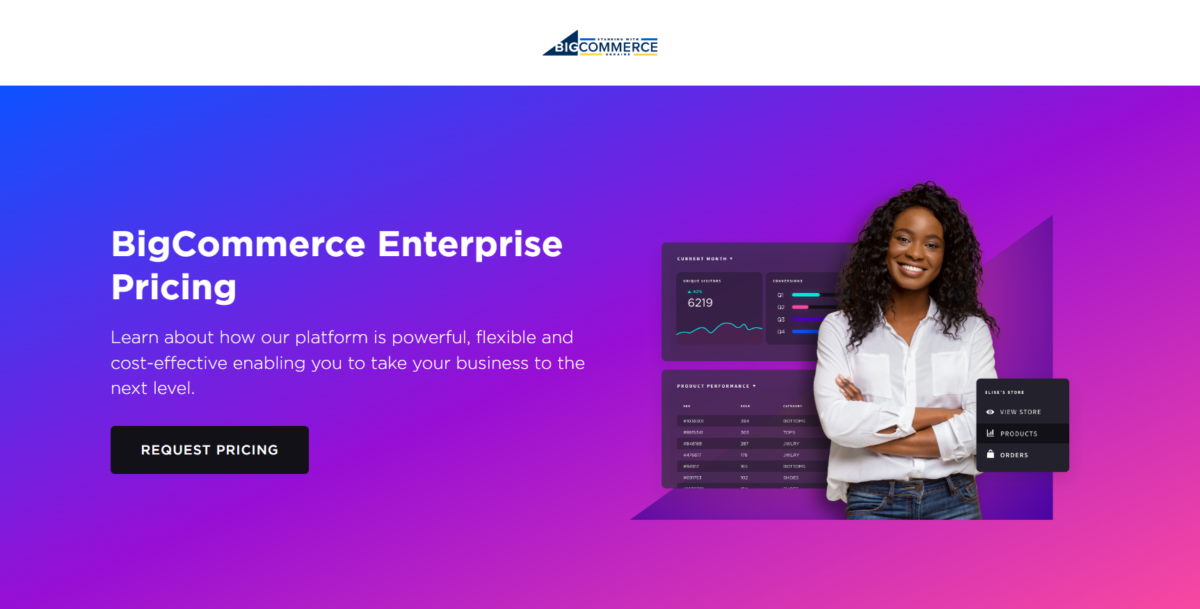
BigCommerce is a major Shopify competitor that offers a similar setup for enterprise users. It’s an all in one solution for running an ecommerce business. The APIs can connect to any other environment, so it’s easy to customize the checkout experience, the cart experience – and really, every element of your ecommerce store. It integrates with hundreds of other apps with pre-built integrations, including WordPress, through the WordPress plugin.

BigCommerce Enterprise requires a demo since pricing is customized to each individual business.
Magento Commerce
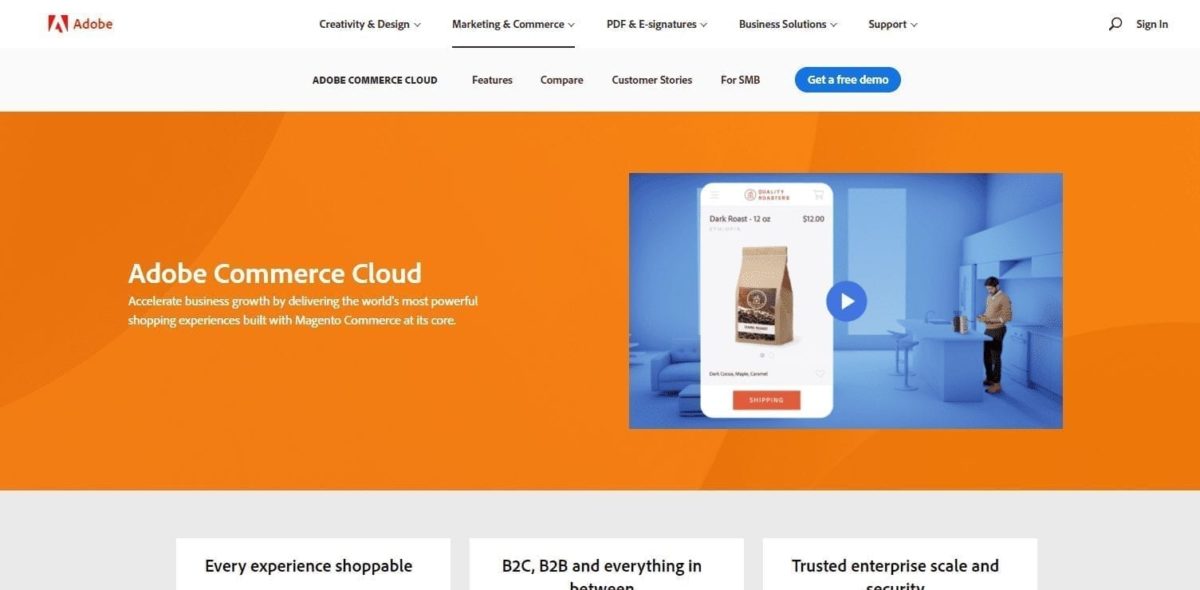
Magento Commerce, now known as Adobe Commerce, is an ideal platform for those who want strong analytics and data visualization features.
Developers can build customized applications tailored specifically to what customers need and your business requirements. With experimentation, Magento makes it easy to improve customization since the back end system operates completely independently from the front end.
The inventory management feature is particularly useful in that it makes it possible to ship inventory to the right place at the right time. You can easily track inventory levels across multiple locations, including stores, warehouses, dropshippers, and more, so you can get an accurate count of saleable stock at any time.
There’s a SaaS version available on the Adobe Experience Cloud.
Read our Magento review to learn more.
OroCommerce Enterprise
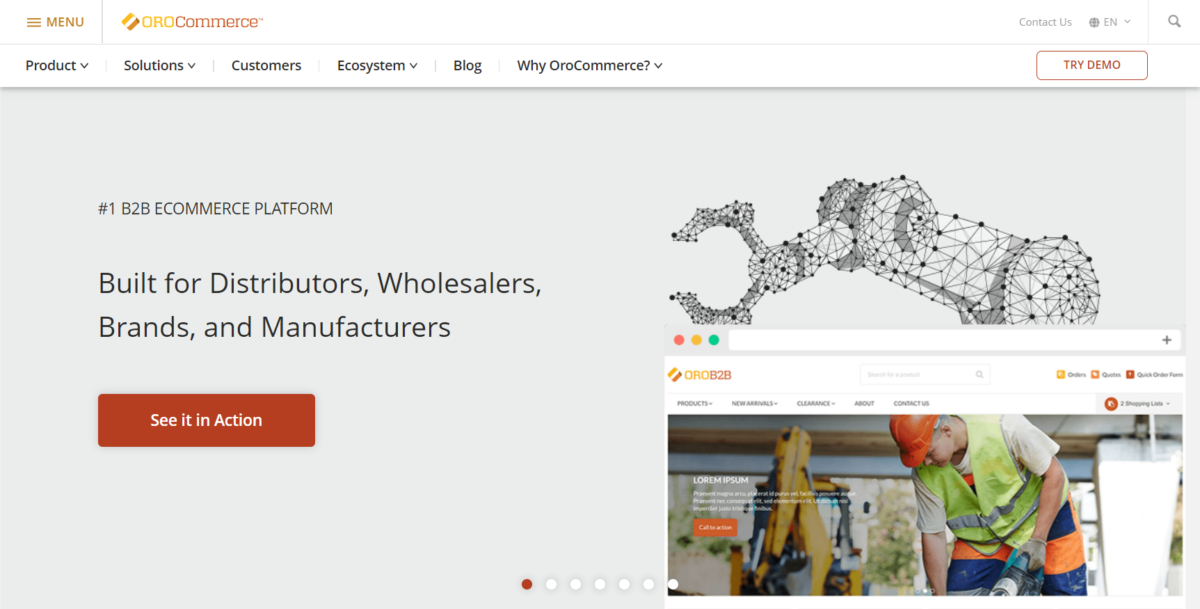
OroCommerce Enterprise is the best headless system for wholesalers. It’s brought to you by the same leadership team that started Magento but is focused on the B2B market instead. Even still, it can be adapted and customized to fit any ecommerce business model, including B2C, B2B2C, and B2B2B.
ElasticPath
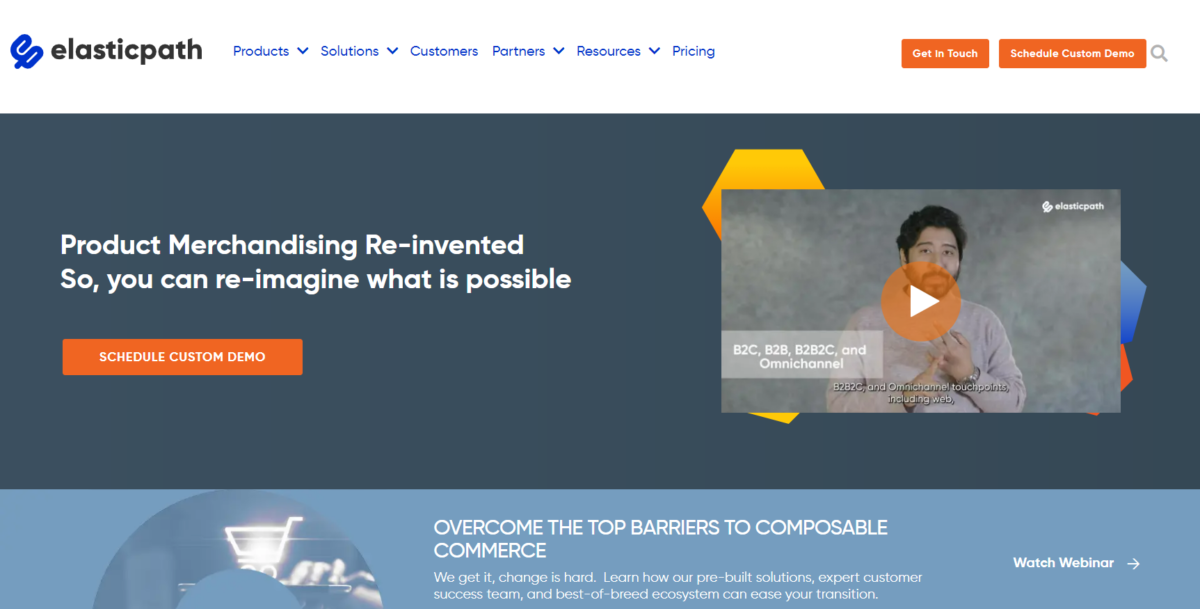
ElasticPath is open-source software for enterprise ecommerce brands. The platform is designed to help you build a ready-to-launch solution, eliminating all the complexity of making the switch to headless commerce.
Pricing is based on transaction volume and implementation strategy. You’ll need to speak with someone from the company to get a quote.
Spryker
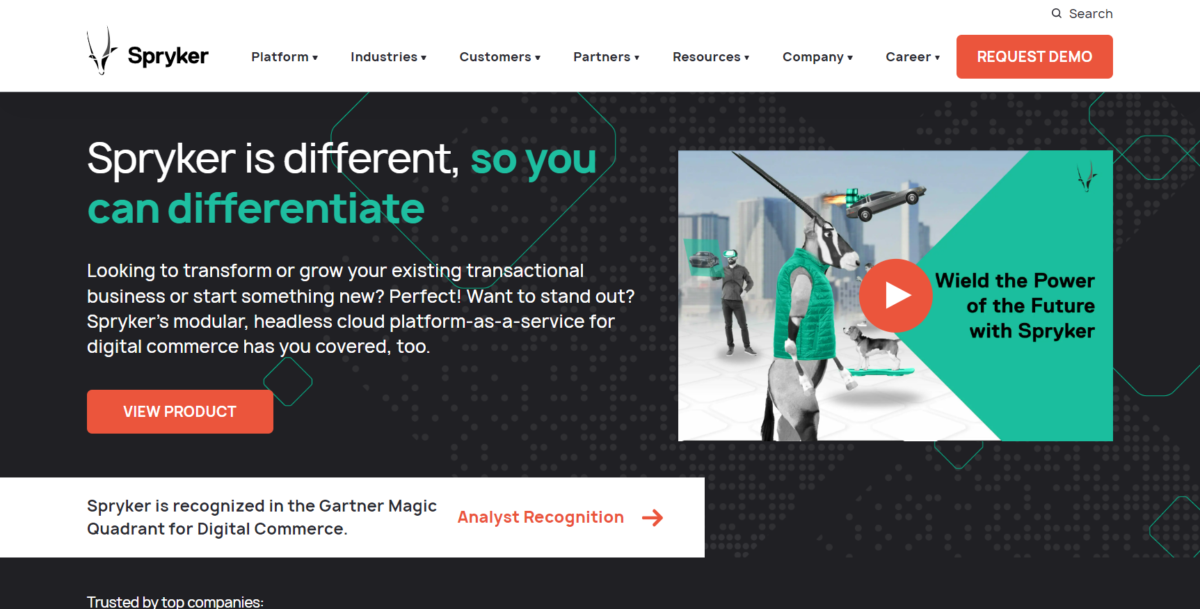
Spryker is an open-source product that’s available as a platform as a service. The headless architecture makes it easy for you to customize it to your needs, regardless of the business model. It uses the Glue API to distribute services and integrations.
Pricing information is available upon request. There are no editions or plans to choose from, but they offer a range of services meant to work for a variety of business needs.

Snipcart
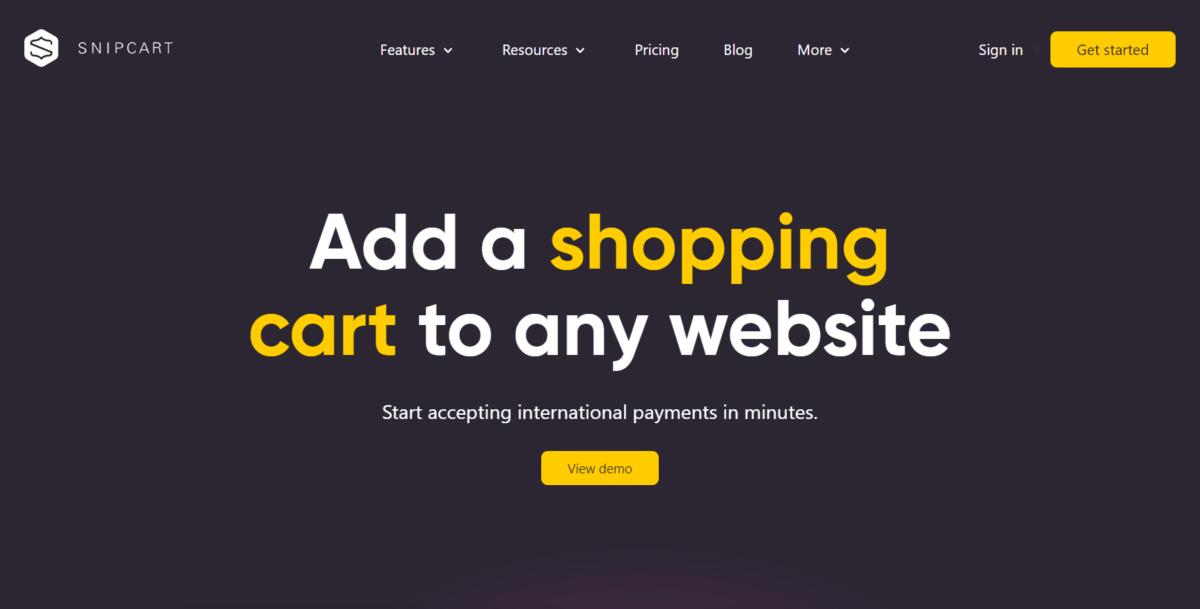
Snipcart is a shopping cart tool that you can integrate into your headless tech stack. It integrates to your site via HTML, but the tools allow you to completely customize the frontend for a headless commerce approach across multiple channels.
If you want to build your website with content management systems like WordPress, you can then add the shopping cart to your site with Snipcart. Use it to sell products, digital goods, and services.
FAQs
Is Headless Commerce Right for Your Online Store?
Headless commerce makes it easier for you to meet customer expectations. It enables brands to create a seamless purchasing experience as it integrates content marketing with the purchase journey. It helps to effectively educate customers about the benefits of your products, build stronger relationships, and drive demand to lower customer acquisition costs and increase customer retention.

That said, for small businesses, switching to a headless ecommerce solution can be a complex and expensive endeavor. When you’re first getting started, you have basic needs. You only need a way to display products and for people to complete the checkout process. As your brand grows and you need a more complex tech stack, you can justify investing in a headless commerce system.





